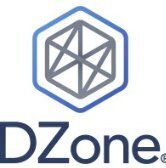#performance
-
A Deep Dive into the Latest Performance Improvements of Stateful Pipelines in Apache Spark Structured Streaming
-
Performance Optimization for Multi-Layered Cloud Native AWS Application
-
Maximize Performance in Edge AI Applications
- 1 comment
- 91 views
-
Amazon OpenSearch Service now provides improved visibility into Auto-Tune actions


.png.6dd3056f38e93712a18d153891e8e0fc.png.1dbd1e5f05de09e66333e631e3342b83.png.933f4dc78ef5a5d2971934bd41ead8a1.png)




